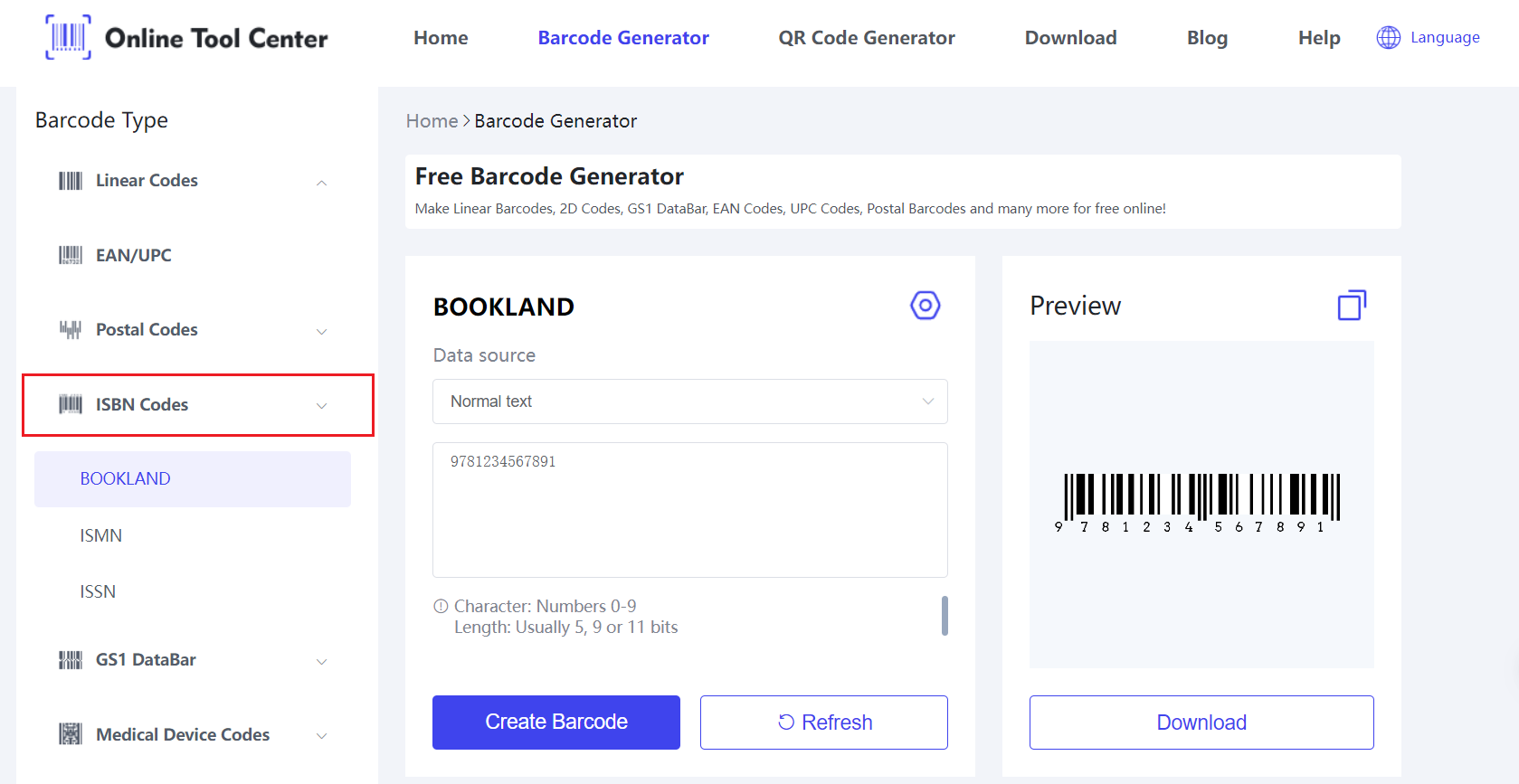ISBN, or International Standard Book Number, is a unique identifier for books, essential for book identification, sales tracking, and inventory management.
This article explores the history, structure, and differences between ISBN 10 vs 13, and how to choose ISBN 10 or ISBN 13 in the modern publishing industry.
What is an ISBN Number?
The International Standard Book Number (ISBN) is a unique numeric commercial book identifier.
Each ISBN is specific to a particular edition and variation (except reprints) of a book. ISBNs are essential for identifying books within databases and ensuring accuracy in book sales, distribution, and inventory management.
Importance of ISBNs
ISBNs play a critical role in the book industry by:
● Facilitating the identification of books and their editions.
● Simplifying the management of sales and inventory.
● Enabling efficient cataloging in libraries and bookstores.
ISBN-10 Overview
1. Structure of ISBN-10
An ISBN-10 consists of four parts:
● Group Identifier: Identifies the country or language group.
● Publisher Identifier: Identifies the specific publisher.
● Title Identifier: Identifies the particular title or edition.
● Check Digit: Ensures the ISBN is correctly composed.
For example, the ISBN 0-545-01022-5 breaks down as follows:
● 0: Group Identifier
● 545: Publisher Identifier
● 01022: Title Identifier
● 5: Check Digit
2. Calculation of Check Digit
The check digit in an ISBN-10 is calculated using a modulo-11 algorithm. Each of the first nine digits is multiplied by its position (from 1 to 9), and the sum of these products is then divided by 11. The remainder of this division determines the check digit.
3. Usage and Limitations
Before 2007, ISBN-10 was the standard. However, its limited capacity (due to the 10-digit format) meant there was a risk of exhausting available numbers as more books were published.
ISBN-13 Overview
1. Structure of ISBN-13
An ISBN-13 includes five parts:
● Prefix Element: Either 978 or 979, aligning with the EAN system.
● Group Identifier: Identifies the country or language group.
● Publisher Identifier: Identifies the specific publisher.
● Title Identifier: Identifies the particular title or edition.
● Check Digit: Ensures the ISBN is correctly composed.
For example, the ISBN 978-0-306-40615-7 breaks down as follows:
● 978: Prefix Element
● 0: Group Identifier
● 306: Publisher Identifier
● 40615: Title Identifier
● 7: Check Digit
2. Calculation of Check Digit
The check digit in an ISBN-13 is calculated using a modulo-10 algorithm with alternating weights of 1 and 3. Each digit is multiplied by 1 or 3 alternately, and the sum of these products is divided by 10. The remainder determines the check digit.
3. Advantages of ISBN-13
ISBN-13 offers several benefits:
● Increased Capacity: More unique identifiers are available to accommodate the growing number of publications.
● Global Compatibility: Aligns with the EAN system, facilitating international sales and inventory management.
● Enhanced Accuracy: Reduces the risk of duplication and errors in book identification.
What is the Difference? ISBN 10 vs 13
1. Length and Prefix
The primary difference is the length and the prefix:
ISBN-10: 10 digits without a prefix.
ISBN-13: 13 digits with a prefix of 978 or 979.
2. Check Digit Calculation
ISBN-10 and ISBN-13 use different algorithms for the check digit:
ISBN-10: Modulo-11 algorithm.
ISBN-13: Modulo-10 algorithm with alternating weights of 1 and 3.
3. Global Standardization
ISBN-13 aligns with the EAN barcode system, making it more suitable for global sales and inventory management.
How to Get an ISBN?
To obtain an ISBN, you need to apply through your national ISBN agency, providing details about your book, such as the title, author, and publication date.
The application process typically involves filling out an online form and may require a fee.
Once you receive your ISBN, you can use it to create a barcode for your book, ensuring it's easily identifiable and trackable in bookstores and libraries.
For a convenient way to generate ISBN barcodes, visit an ISBN barcode generator, where you can quickly create barcodes for your publications.

Do I Use ISBN-10 or ISBN-13?
For modern publishing and sales, ISBN-13 is the standard and should be used for all new books. ISBN-10 is still in use for older publications, but ISBN-13 offers greater benefits in terms of capacity and global compatibility.
FAQs
1. Can I Convert an ISBN-10 to an ISBN-13?
Yes, an ISBN-10 can be converted to an ISBN-13 by adding the prefix 978 and recalculating the check digit using the ISBN-13 algorithm.
2. Why Are There Two ISBN Numbers on Books?
Some books may display both ISBN-10 and ISBN-13 to ensure compatibility with older systems while adopting the new standard.
In conclusion, understanding ISBN 10 vs ISBN-13 is crucial for anyone involved in book publishing, sales, or inventory management.
Visit an ISBN barcode generator to create your ISBN barcodes and streamline your book publishing process.




